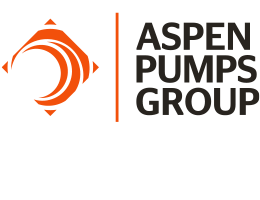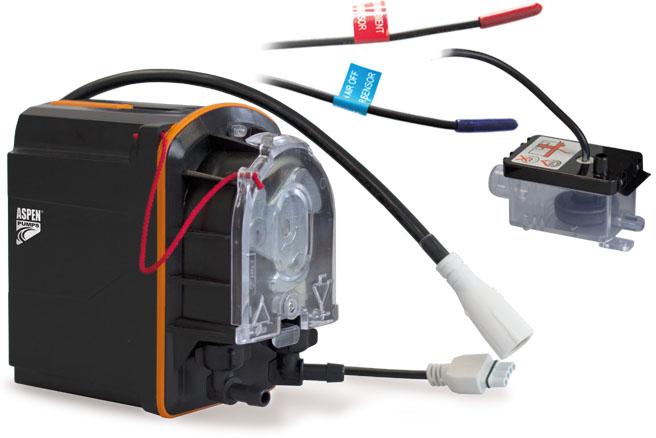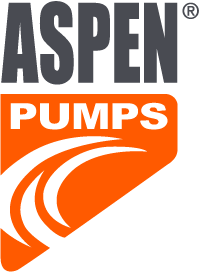
Under pressure? You need a super pump.

Peristaltic pumps
Wherever there’s an air conditioning system, whether it’s in a commercial, domestic or industrial setting, there’s always going to be condensate that needs to be removed. Back in the day, removal was reliant on a PVC pipe, gravity, and an external wall; this was ugly, inefficient, and wholly unsuitable for our hi-rise buildings where space is at a premium and interior design matters. The introduction of the condensate removal pump back in the early nineties changed everything; now the condensate could be pumped up and away from the unit and the unit installed where you wanted it, not where it was most convenient. The benefit of design freedom was matched by improved efficiency as servicing and maintenance was far easier for engineers. And, when it comes to the actual pump, one size doesn’t fit all, you have choices: piston, diaphragm, centrifugal or peristaltic? Do you need efficiency, reliability, ease of maintenance or are there specific application requirements? When it comes to making those decisions, your HVAC/R engineer will give you the best advice, but this outline may help you decide:
Piston pumps
The piston pump’s movement creates suction into the pump and pushes water out of it; this is called ‘self-priming’. Water acts as cooling and lubricant for the pump (like oil in a car engine). Piston pumps are good for high head, longer distances, low flow rates and smaller split systems.
Diaphragm pumps
A diaphragm pump is a positive displacement pump that uses a combination of a reciprocating action on a rubber diaphragm with valves on either side of the diaphragm to pump a fluid. It has good suction lift and head characteristics and can handle highly viscous and dirty liquids. It works at low heights and can fit beneath the food display cabinet.
Centrifugal pumps
Centrifugal pump uses an impellor to generate centrifugal force. As the fluid is pushed out though the volute chamber outlet, a suction force is created in the centre of the impeller. Centrifugal pumps. cannot ‘self-prime’, which means the impeller needs to be in water to create flow. This type of pump is ideal for higher flow rates.
Peristaltic pumps
Peristaltic pumps use a rotor with two roller pins to squeeze a rubber tube against the rotor case moulding. As the rotor turns, the rotation of pins at which the tube is squeezed creates suction in the pump and pushes water out. This pump is ‘self-priming’ and has no moving parts in the water flow which means it can handle dirty water. As the pump is installed away from the AC unit, servicing and maintenance cause no disruption to guests, residents or employees and downtime is minimised.
The rise and rise of the peri pump
When Aspen Pumps Group opened its doors for business in 1992, the peristaltic pump - designed and manufactured by our three founders - was the launch product, and it revolutionised the air conditioning industry. Over the past three decades, the improvements have not stopped: they’re smaller, more powerful, more energy efficient, even more reliable, and quieter. The latest iterations, the Peri Pro+ (float based) and the Peri Pro Air (temperature sensor), have taken performance to new heights. Built upon stepper motor technology and software control, these products offer smart pumping technology similar to the latest mini pumps, always minimising audible noise and tube wear. Both have excellent head pressure, suction lift, horizontal power - they can discharge 100m flow horizontally with no problem and deliver consistent flow. Both the Peri Pro+ and Peri Pro Air come with a full five-year parts and labour warranty, a first in this industry. And, for ultimate control the Peri Pro+ can be connected to the Building Management System
Perhaps the greatest accolade a product can receive is a patent, and the design of our peristaltic pumps as well as the fixing bracket, were granted a patent in December 2022.
If your remit involves the management of condensate, which pumps are you using with your AC units?







